Ben Franklin’s Sage Advice Influences Constitutional Convention
Benjamin Franklin was relieved that the American Revolution had drawn to a close with the Treaty of Paris in 1783. He was hopeful for America’s future with its boundless resources but still worried, nonetheless.
Moreover, the war and its terrible cost in lives and property soured Franklin on warfare in general. He wrote to his friend Jonathan Shipley, “After much occasion to consider the folly and mischief of a state of warfare, and the little or no advantage obtained even by those nations who have conducted it with the most success, I have been apt to think that there has never been nor ever will be any such thing as a good war or a bad peace.”
In 1785, Franklin, his work done in France, was recalled to America by Congress. He arrived in Philadelphia that September, revered as one of our nation’s greatest patriots. Despite his need for a well-deserved rest, he was kept continually busy receiving dignitaries, wrapping up loose ends from his eight-year diplomatic mission, and with what would prove to be one final opportunity to help his country.
Since the conclusion of the war, the United States had been struggling to survive under the Articles of Confederation. As a result, leaders such as James Madison and Alexander Hamilton called for a convention to discuss possible improvements to the Articles.
The meeting convened in Philadelphia on May 25, 1787, and twelve states sent representatives (Rhode Island refused to attend). Not surprisingly, Pennsylvania named Franklin as one of their eight delegates, the largest contingent at the meeting. Despite now being 81 years of age and in relatively poor health, Franklin was happy to offer his services to America.
The debate at the convention was dominated by the younger generation (Madison was 36 and Hamilton 32), but Franklin offered sage advice and his thoughts influenced several key aspects of the new constitution. More importantly, simply having Franklin in attendance and George Washington presiding over it gave weight to the importance of the gathering.
One critical matter was the role and framework of the national executive branch. Franklin had seen too much of monarchy to want the country’s executive authority to be entrusted in just one man. Instead, he wanted this power shared by a small council with frequent changes in the members.
He was opposed on this matter by Hamilton who wanted a single man in charge and that man to be an executive-for-life, a sort of elected monarchy. The delegates split the difference by opting for a single executive to be elected every four years.
Max Rosenthal. “Edmund Jennings Randolph.” Library of Congress.
Perhaps the most critical issue to decide was how the states would be represented in Congress. Edmund Randolph of Virginia, the most populous state, put forth the “Virginia Plan” which stipulated representation should be based on a state’s population. William Patterson of New Jersey, one of the smaller states, proposed the “New Jersey Plan” which provided for equal representation for all states regardless of their population.
This argument stalled the meeting for days and threatened to bring it to a premature end. Franklin made a motion for a compromise that allowed for the “second branch” of government, the Senate, to have equal representation. The “first branch” of government was the House in which representation would be based on population. Franklin’s suggestion became the basis for Roger Sherman’s famous Connecticut Compromise which saved the convention.
Although this crisis was resolved, there were many other details to work out and compromises to make. Slavery was one of those issues that was delicately discussed and mostly avoided to prevent the loss of southern support for the new constitution. For instance, southern states wanted slaves counted as people when tallying their population to get increased representation in Congress.
Northern states naturally pushed back arguing since southerners treated slaves as property, they should not be counted as people. James Wilson proposed that the convention adopt the existing Articles of Confederation position which recognized slaves as three fifths of a person. This compromise satisfied no one, but the convention was able to move forward.
In the end, Franklin was pleased with the work of the delegates, and, despite its imperfections, he proudly signed the new Constitution on September 17, 1787. In his farewell speech at the convention (presented by James Wilson, a better speaker), Franklin noted, “I agree to this constitution with all its faults, if they are such; because I think a general government necessary for us…Thus, I consent, sir, to this constitution, because I expect no better, and because I am not sure that it is not the best.”
James Madison, who took copious notes of the gathering, recorded the following story about Ben Franklin at the convention’s close. “Whilst the last members were signing it, Doctor Franklin, looking towards the president’s chair, at the back of which a rising sun happened to be painted, observed to a few members near him, that painters had often found it difficult to distinguish in their art a rising from a setting sun. I have, said he, often and often in the course of the session…looked at that behind the president, without being able to tell whether it was rising or setting. But now at length I have the happiness to know that it is a rising and not setting sun.”
Next week, we will talk about the legacy of Benjamin Franklin. Until then, may your motto be “Ducit Amor Patriae”, Love of country leads me.

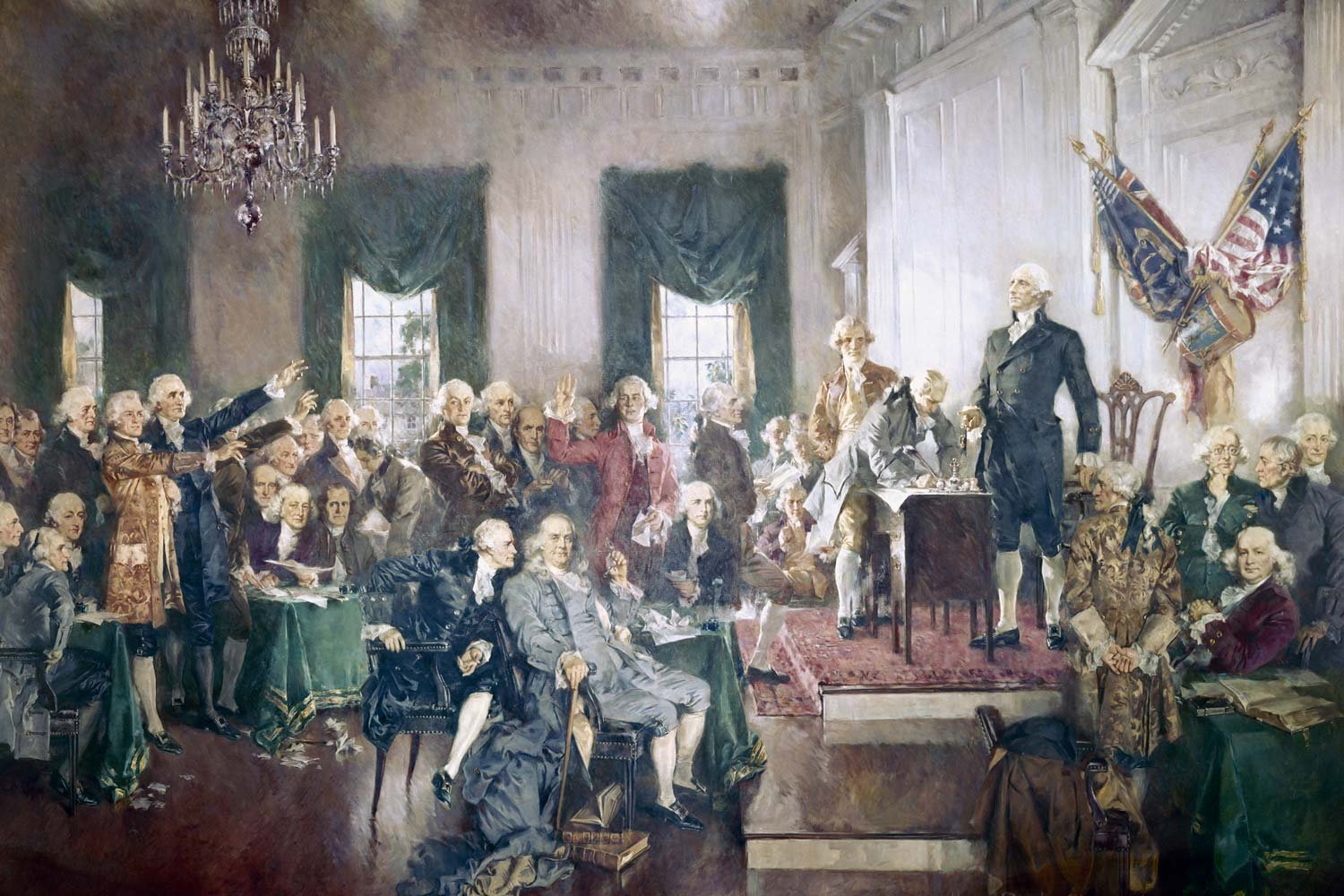

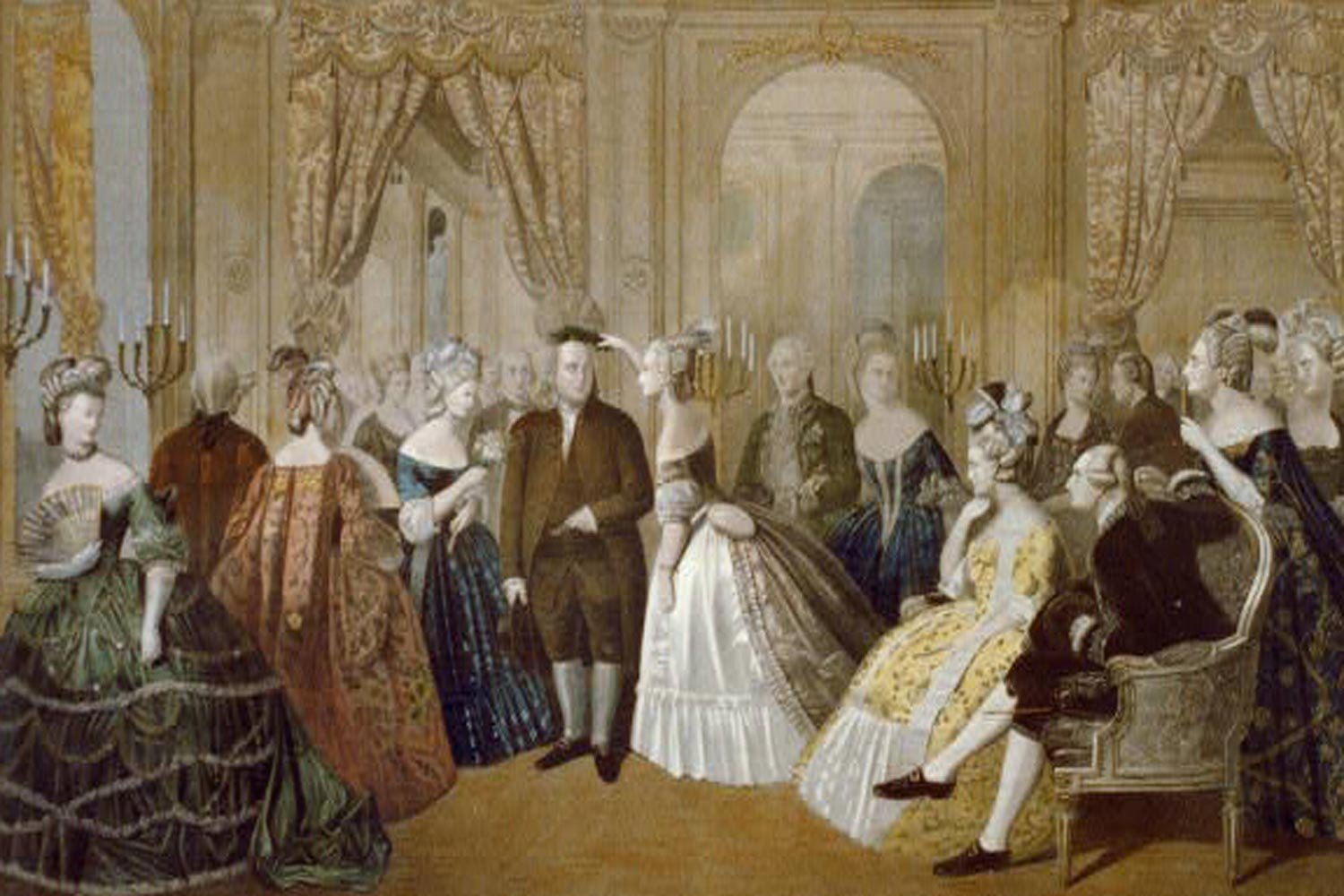
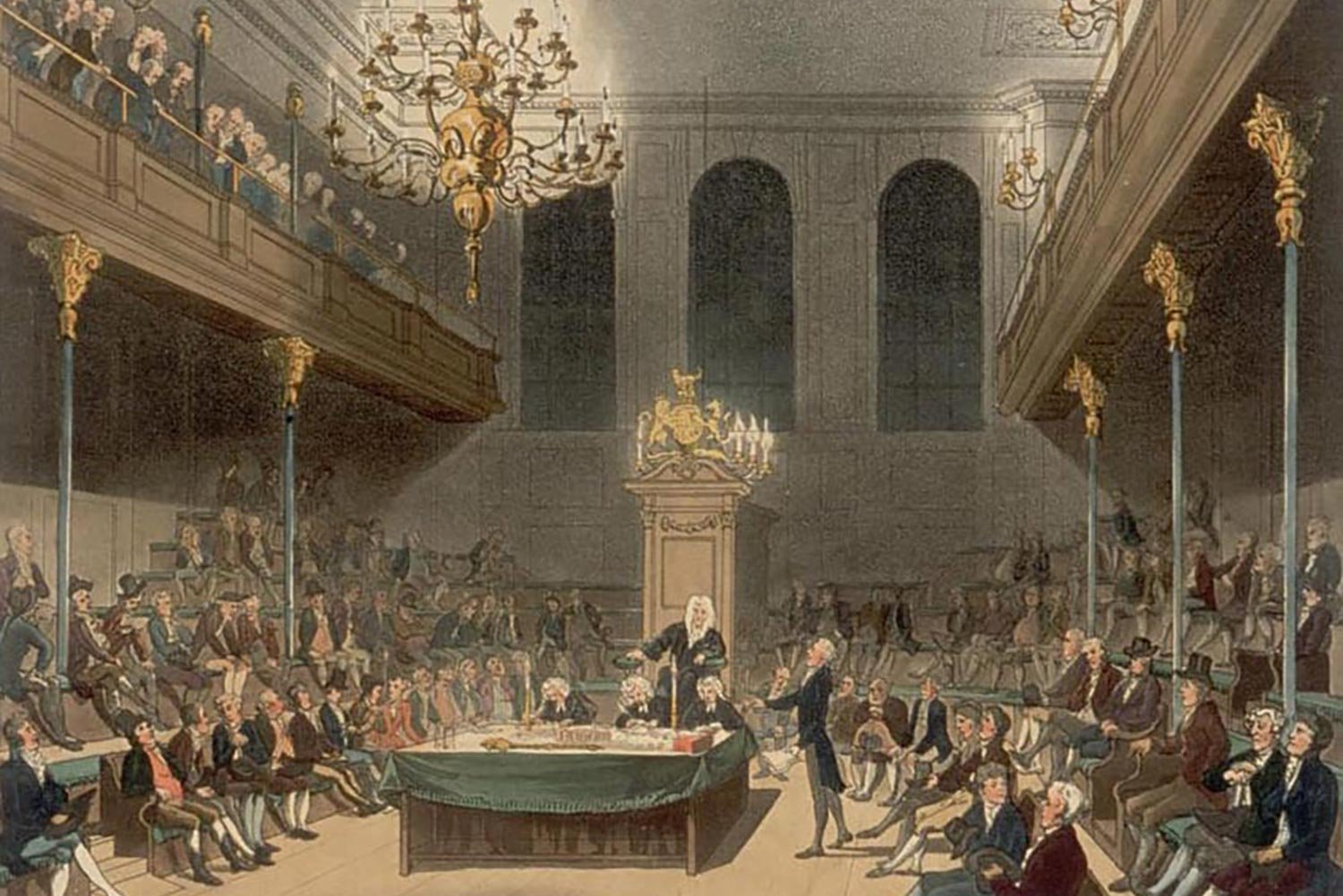
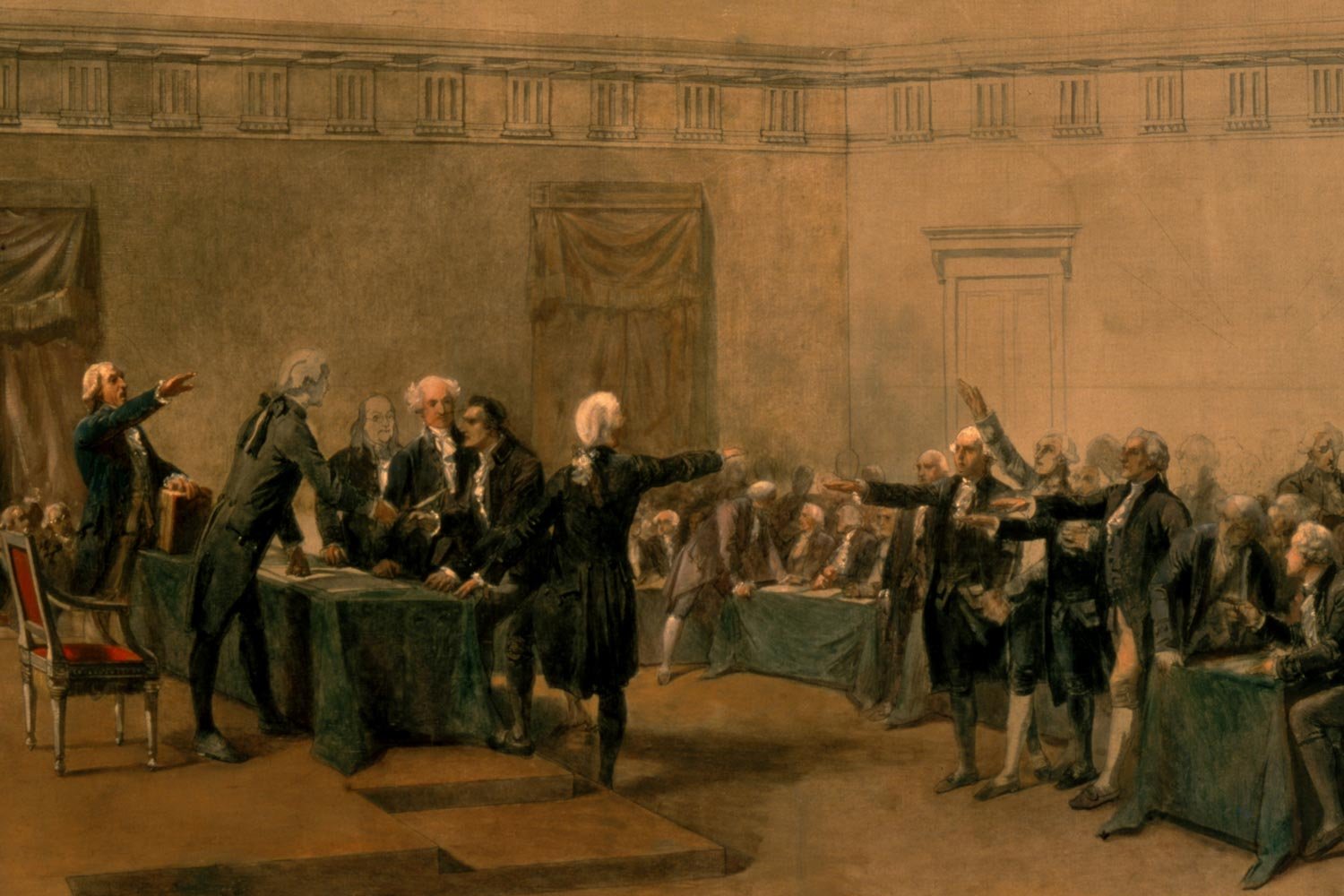
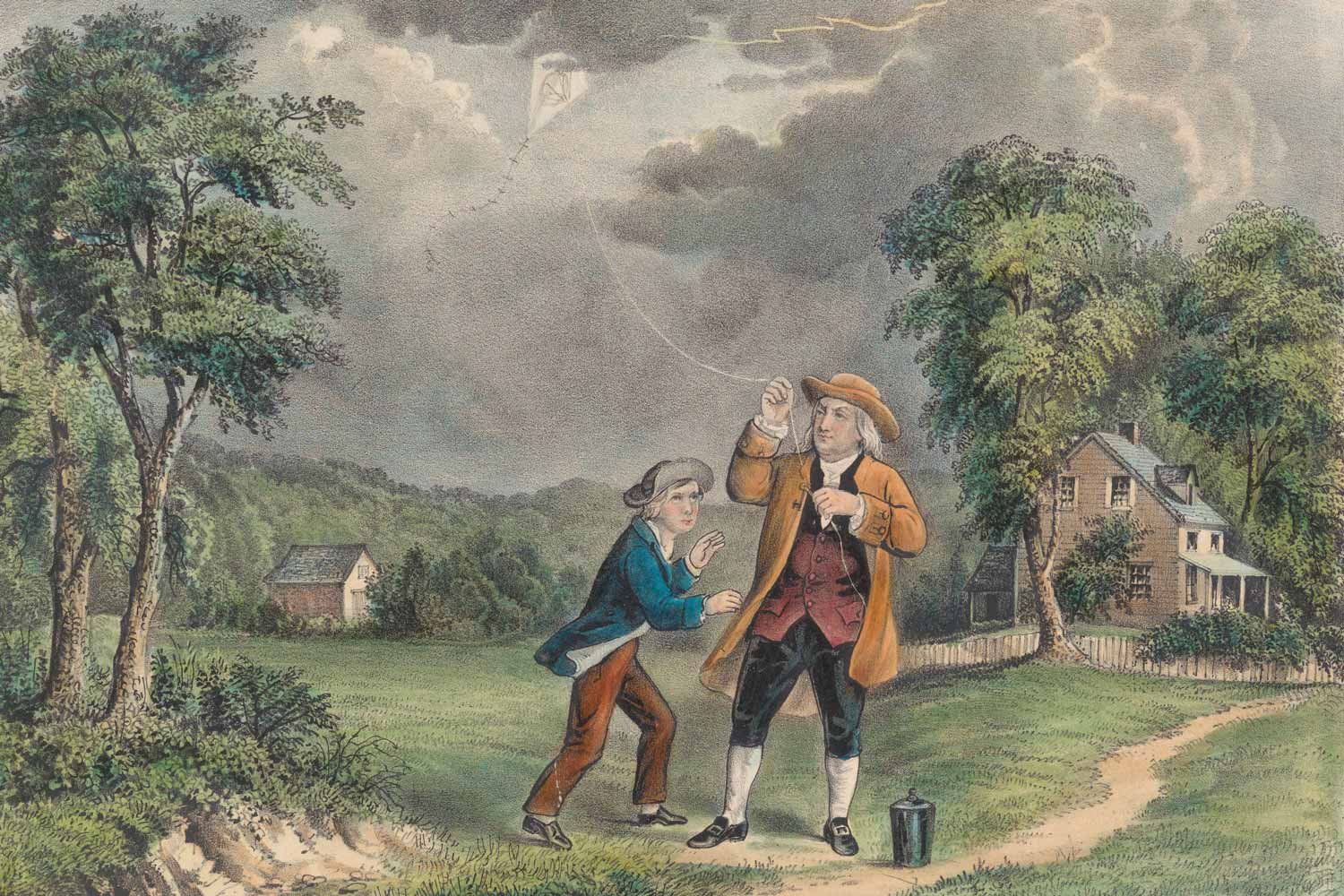
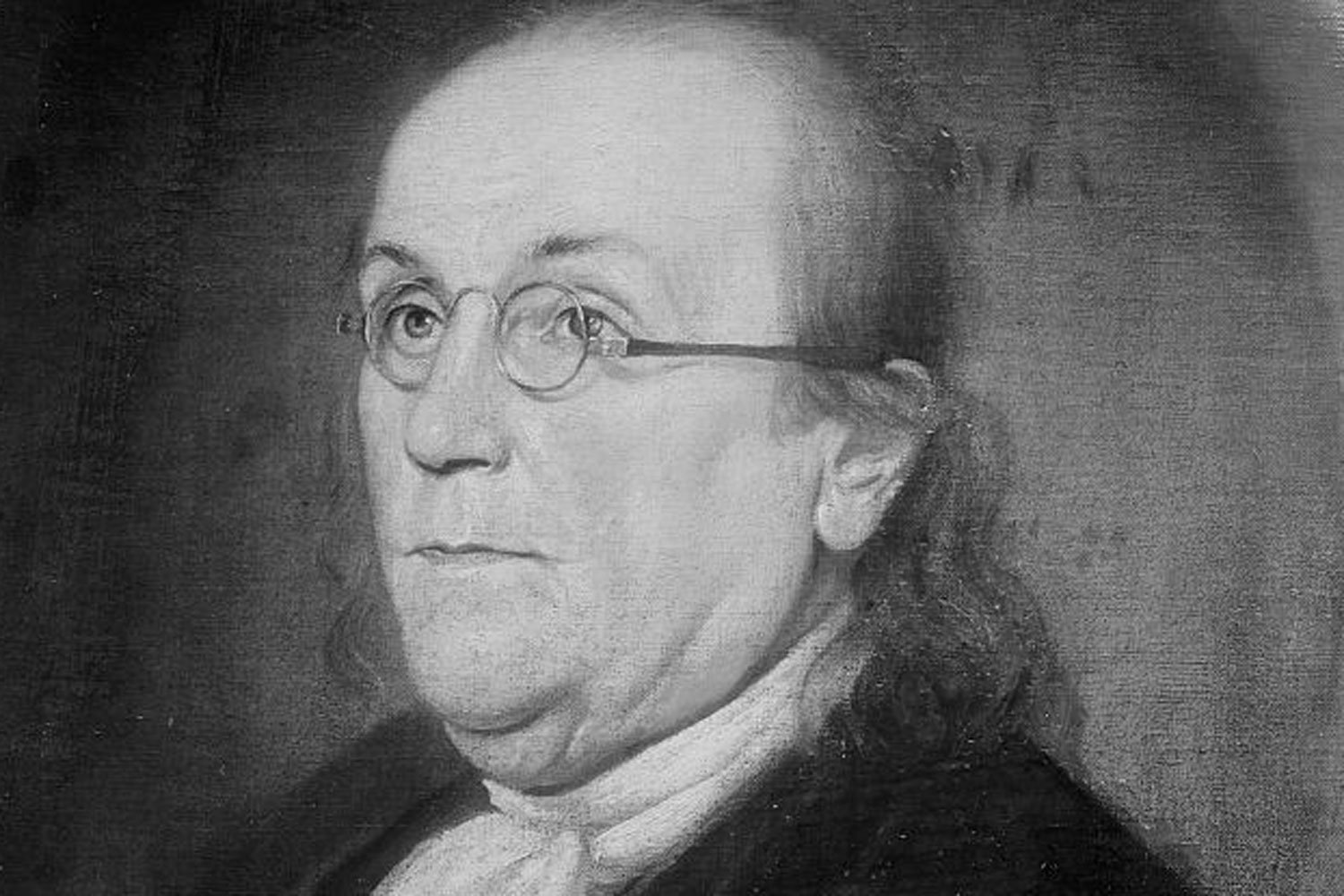
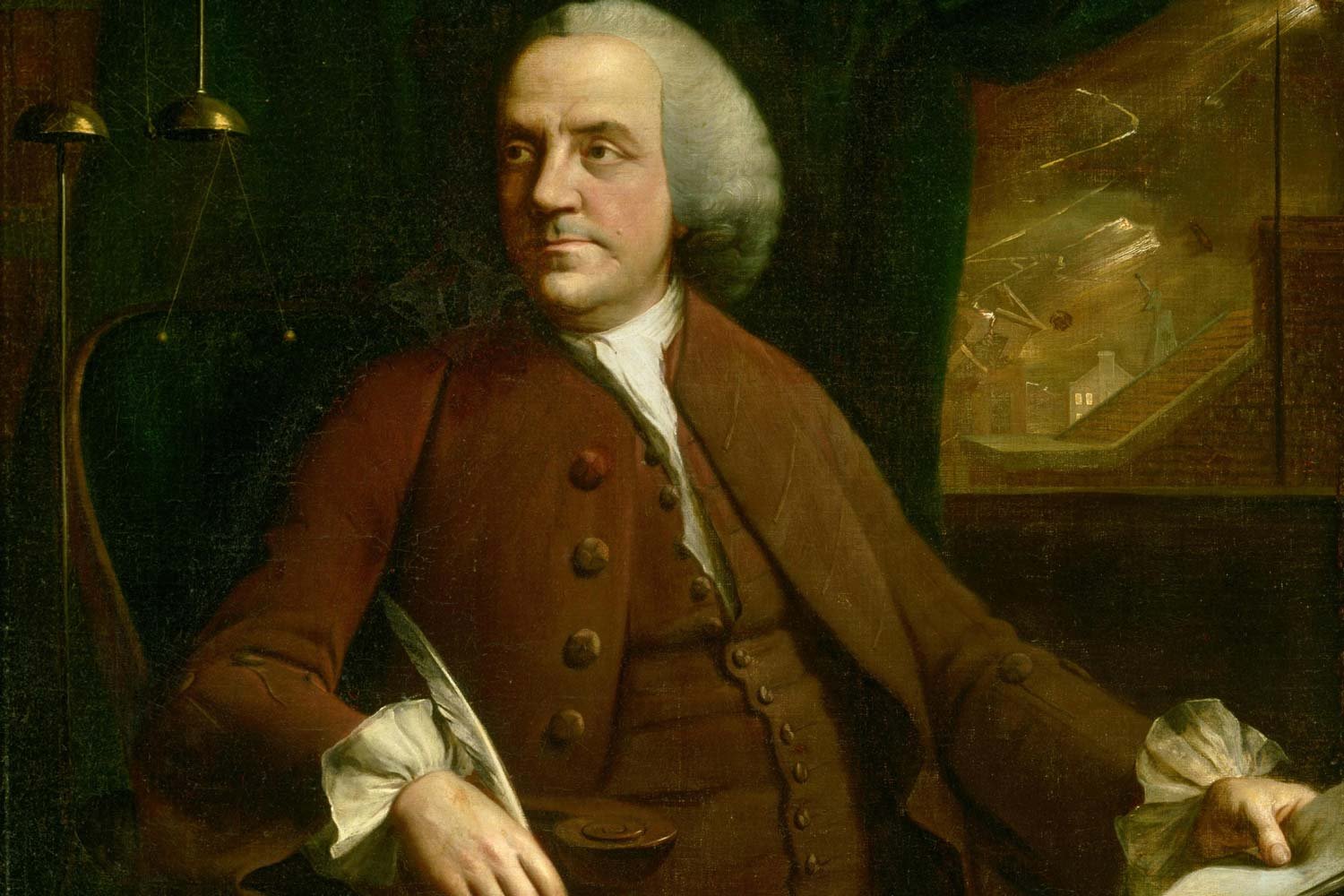
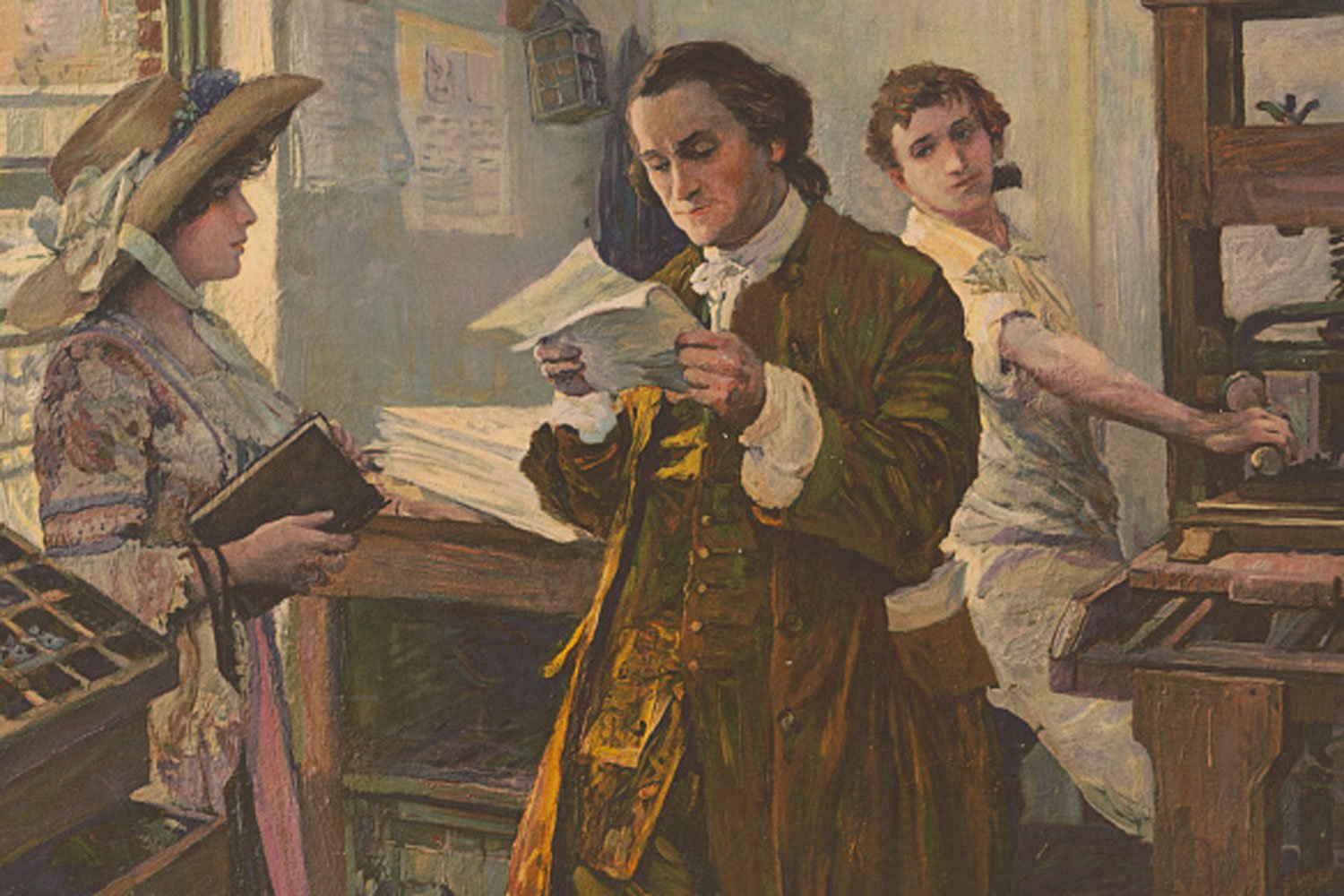

The Constitutional Convention adjourned on September 17, 1787, and would be Benjamin Franklin’s last moment in the spotlight of American history. It was a fitting finale for this man who had done so much to shape the nation in which he lived. Franklin was 81 years old, in poor health, and hoped for a well-deserved rest.